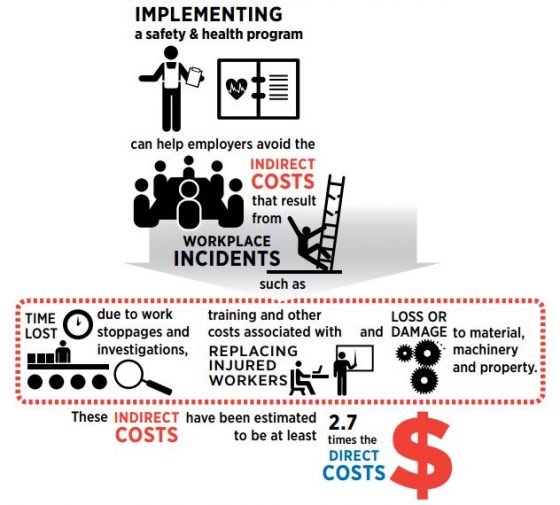To help medium and smaller-size businesses initiate effective safety and health programs, the Occupational Safety and Health Administration today released Recommended Practices for Safety and Health Programs, an update of its 1989 guidelines, reflecting changes in the economy, workplaces, and evolving safety and health issues. The recommendations feature a new section on multi-employer workplaces and a greater emphasis on continuous improvement, OSHA said.
“Since OSHA’s original guidelines were published more than 25 years ago, employers and employees have gained a lot of experience in how to use safety and health programs to systematically prevent injuries and illnesses in the workplace,” Dr. David Michaels, assistant secretary of labor for occupational safety and health said in a statement. “We know that working together to implement these programs will help prevent injuries and illnesses, and also make businesses more sustainable.”

The recommendations include seven core elements for a safety and health program:
• Management leadership
• Worker participation
• Hazard identification and assessment
• Hazard prevention and control
• Education and training
• Program evaluation and improvement
• Communication and coordination for host employers, contractors and staffing agencies
Implementing recommended practices brings benefits to businesses that include healthier employees, fewer injuries and, ultimately, lower workers compensation costs:

- Preventing workplace injuries and illnesses
- Improving compliance with laws and regulations
- Reducing costs, including reductions in workers compensation premiums
- Engaging workers
- Enhancing their social responsibility goals
- Increasing productivity and enhancing overall business operations
Because management leadership is an important part of the equation, OSHA recommends that business owners, managers, and supervisors:
- Make worker safety and health a core organizational value.
- Be fully committed to eliminating hazards, protecting workers, and continuously improving workplace safety and health.
- Provide sufficient resources to implement and maintain the safety and health program.
- Visibly demonstrate and communicate their safety and health commitment to workers and others.
- Set an example through their own actions.
To establish a program, OSHA said organizations need to create a written policy signed by top management that describes the organization’s commitment to safety and health. By creating specific goals and objectives, management sets expectations for the company’s managers, supervisors and workers. The goals and objectives should focus on specific actions that will improve workplace safety and health, OSHA said.
